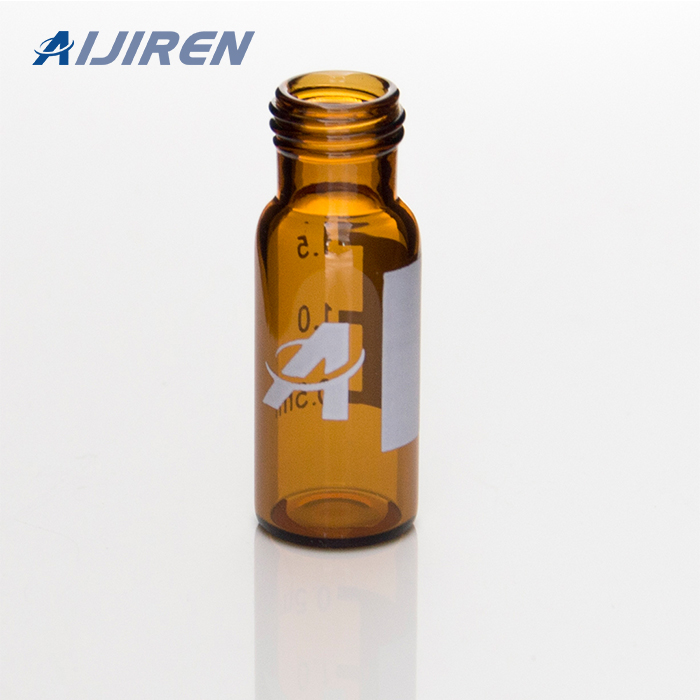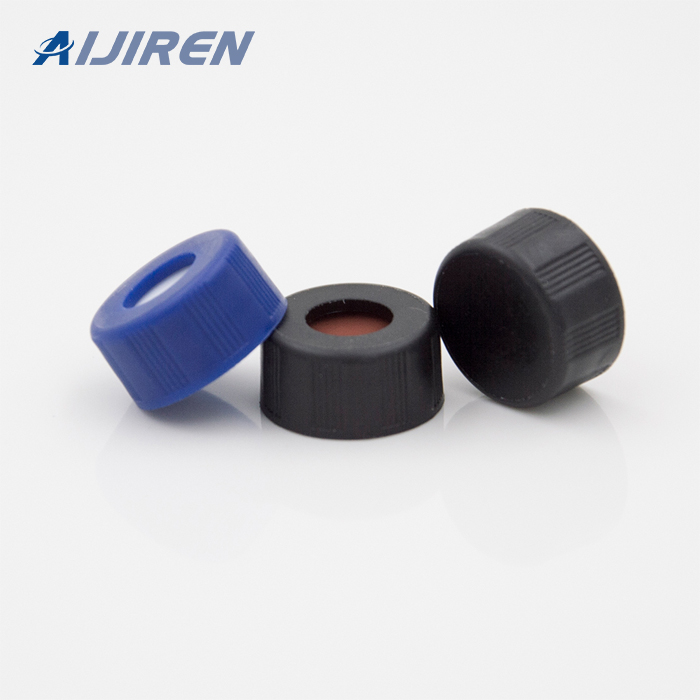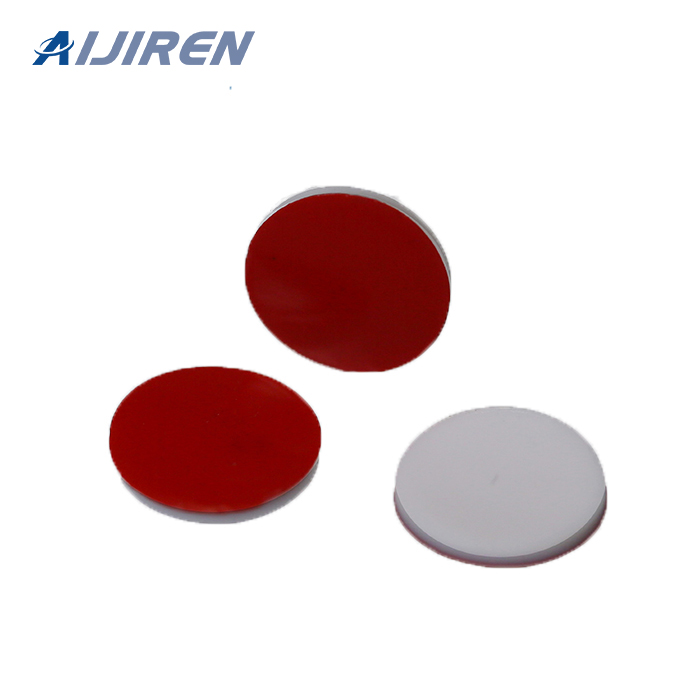




most appropriate reversed phase HPLC or UHPLC column. Though the chart below depicts several similar bonded ligand types, no two columns are the same. View the selectivity profiles of each phase, pages 12–22, to see how each column can provide you with a truly different selectivity. Variety of Selectivities and Solid Supports for RP-HPLC Methods
Immediately find HPLC and UHPLC columns for reversed phase, chiral, normal phase, GFC, GPC, ion exchange, HILIC, and SFC using our HPLC product search.
HPLC-type acetonitrile has the lowest absorbance (particularly for short wavelengths). Using an organic solvent with lower absorbance as the mobile phase results in less noise in UV detection, and so HPLC-type acetonitrile is suitable for high-sensitivity analysis in the UV short-wavelength range. Also, using HPLC-type acetonitrile
Oct 24, 2013 · Overall, HPLC with Corona charged aerosol detection is an efficient, sensitive option for general lipid analysis for a broad range of lipid classes. The general nature of this approach may render it a versatile tool for a variety of testing applications.
Achieve exceptional peak shape and resolution for your HPLC and LC-MS applications with these endcapped, ultrapure, silica-based columns. Hypersil BDS C18 Columns: A robust, general-purpose column to use in a wide range of applications. Hypersil ODS C18 Columns: A general purpose C18 phase to use for a broad range of applications.
•HPLC is an abbreviation for High Performance Liquid Chromatography (It has also been referred to as High Pressure LC) •HPLC has been around for about 35 years and is the largest separations technique used •The history of HPLC: •Beginning of the 60’s: start of HPLC as High Pressure Liquid Chromatography
Nov 03, 2015 · Approximately 50 mg capsaicin-collagen sponge was weighed carefully to the vials; then the sample was ultrasonically extracted with methanol (20 mL) as extraction solvent for 30 min. After that, the extraction solutions were filtered using 0.22 μ m filter membrane and 20 μ L aliquot was injected into the HPLC system.
Vials and closures listed in this section are designed, engineered and manufactured for optimum performance with HPLC and LC/MS applications.
A great deal of energy, money, and time can be spent on sample preparation. The last thing you need is for a sample vial to contribute to contamination resulting in complicated data interpretation or complete reanalysis. By using certified
ascorbic acid (C) using different reversed-phase columns. Type-B-silica columns with novel reverse bonded phase compatible with 100% aqueous phase were found to be best suited for the analysis of water-soluble vitamins. With a simple mobile phase system using 0.1% formic acid (A) and acetonitrile (B), the five analytes mentioned above could
HPLC Conditions Instrument Aijiren / Series HPLC Software MIDI Sherlock Software v.6.2B Aijiren OpenLab CDS ChemStation Column Aijiren Poroshell 120 EC-C18, 4.6 x 150 mm, 2.7 µm particle size (p/n 693975-902) Column temp. 10.0 °C Injection volume 5.0 µL Mobile phase Methanol (96.0%) Water (4%) Run time 14.5 minutes Flow rate 1.0 mL/min
China Hplc manufacturers - Select 2020 high quality Hplc products in best price from certified Chinese Plant Extract manufacturers, China Resveratrol suppliers, wholesalers and factory on Made-in-China.com
describes the adsorption behavior of newly developed low-adsorption HPLC vials with respect to basic compounds and peptides. Amitriptyline Atenolol Imipramine Propranolol LabTotal Vial 51,376 (100 %) 8,638 (100 %) 64,990 (100 %) 32,249 (100 %)
recommended for HPLC use. Ultra pure HPLC water (18M Ω resistivity) is generated by passing deionized water through an ion exchange bed. Modern water purification instruments use this mechanism to produce water of suitable quality in high volumes. Alternately, HPLC grade water can be purchased from solvent suppliers. I-2. Buffers
Dedicated to LC and CE. Jive Software Version: 2018.25.0.0_jx, revision: 20200515130928.787d0e3.release_2018.25.0-jx
HPLC developed during the 1960s as the high-efficiency particles used to pack the column became progressively smaller. Stationary phases in use today are “microparticulate” column packings. They are uniform, porous silica particles with spherical shapes and 3-, 5-, or 10-µm diameters. Different